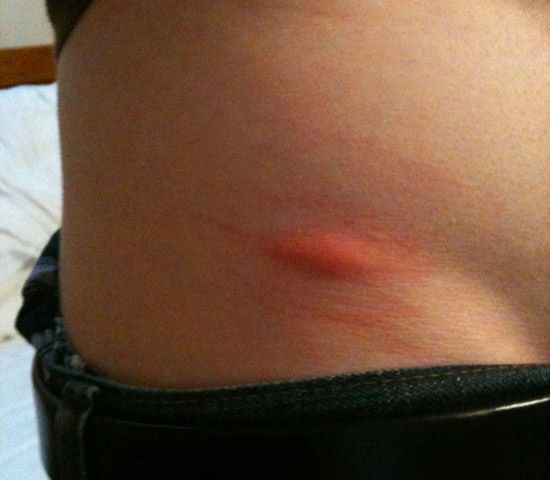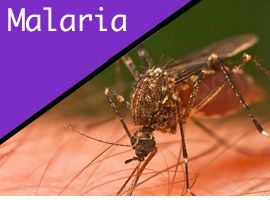Some of you saw this title and you remembered the itch. That incessant itching. I mean mosquitoes put in a good effort, but chiggers win all the awards when it comes to inspiring manic itching. And some of you probably have no idea what a chigger is, in which case you should read on.
Contrary to popular belief, chiggers do not actually burrow into your skin. Well, if that’s not true, why is the welt so big and the itch so maddening? We’ll tell you why, along with a few other important chigger facts, in this post.
What is a chigger?
Chiggers are known by many names, including harvest mites, red bugs and berry bugs due to their stark red color. What we know as chiggers are actually larvae of a type of mite called Trombiculidae.
They are only parasitic as larva, and they are incredibly tiny during this phase. We are talking 0.2 millimeters, so good luck trying to spot them.
Where are chiggers found?
Chiggers are found throughout the world. In tropical, humid areas, they may be found year round, while in colder climates, they are active during warmer months of the year. Different species of chigger are present in different areas. Some chiggers may deliver a mild bite. Others may leave that 2-inch welt.
In the map above, green is chigger country. Chiggers like to hang out on plants and other surfaces close to the ground, where it’s most humid. In humid times of year, they may work their way up to higher surfaces.
Why do chiggers bite? And why are the bites so big?
Many people think that chiggers burrow under the skin. This is not true. What they do is possibly more disturbing.
- A chigger finds a nice piece of skin and pierces it
- Down comes a feeding tube along with enzymes that liquify a small amount of your skin tissue
- The chigger slurps up the liquified tissue until he is satisfied
- They may be attached to the skin for up to 5 days before falling off and going into the next stage of their lifecycle
No fun, right? The ensuing welt is so large because of your body’s reaction to the chigger’s feeding enzymes. How big are the bites? Here is a photo of one I just got from Kelley’s Island, OH, a small island in Lake Erie that is home to many, many, many chiggers:
Ok, that sucks.
How do you prevent chigger bites?
Apply insect repellant – DEET has the best track record when it comes to repelling chiggers. You can check out our recommendations for a suitable repellant here.
Don’t sit in the grass in areas where chiggers are endemic – or on the ground for that matter. This doesn’t mean you can’t ever sit in the grass. While chiggers have a global distribution, they are not present everywhere. I was just laying in the grass in Central Park a few weeks ago, and I have no chigger bites to speak of. Ask around at your destination. If there are chiggers, you will surely hear about them.
If you really want to get serious, tuck your pants into your socks – we know, it looks ridiculous, but it may be your best line of defense.
Wash your body and your clothes – after spending time in a chigger infested area, wash your body in hot soapy water and do the same with your clothes. This should take care of any chiggers that hitched a ride with you.
Can chiggers transmit diseases?
In most cases, no. In parts of East Asia and the South Pacific, a certain species of chigger has been known to carry a bacteria that can cause a strain of typhus known as scrub typhus. Thankfully, outbreaks of this disease are rare, and it can be treated with antibiotics.
How do you treat chigger bites?
We were always told that you had to put nail polish on chigger bites in order to suffocate the chigger that was burrowed inside your skin. Of course, this does not work, because there is no chigger underneath your skin, and the welt is a result of feeding that has already taken place.
There is not much you can do to treat a chigger bite. You can apply calamine lotion for the itch. A topical steroid may accelerate the healing while reducing inflammation. And you may consider taking Benadryl (diphenhydramine) if you are having a more noticeable allergic reaction to the chigger’s enzymes (see more on general treatment of bites and rashes here).
If it appears that your skin is infected (if the red area is growing in diameter, swelling up, and/or is hot to the touch), you should see a doctor as you may need to be prescribed to antibiotics. One of the best ways to avoid infection is to refrain from itching the bite!
Well, there you have it. Chiggers. Mostly irritating, and apparently misunderstood, creatures. Do you have any experience with them? Let us know in the comments.














{ 17 comments… add one }